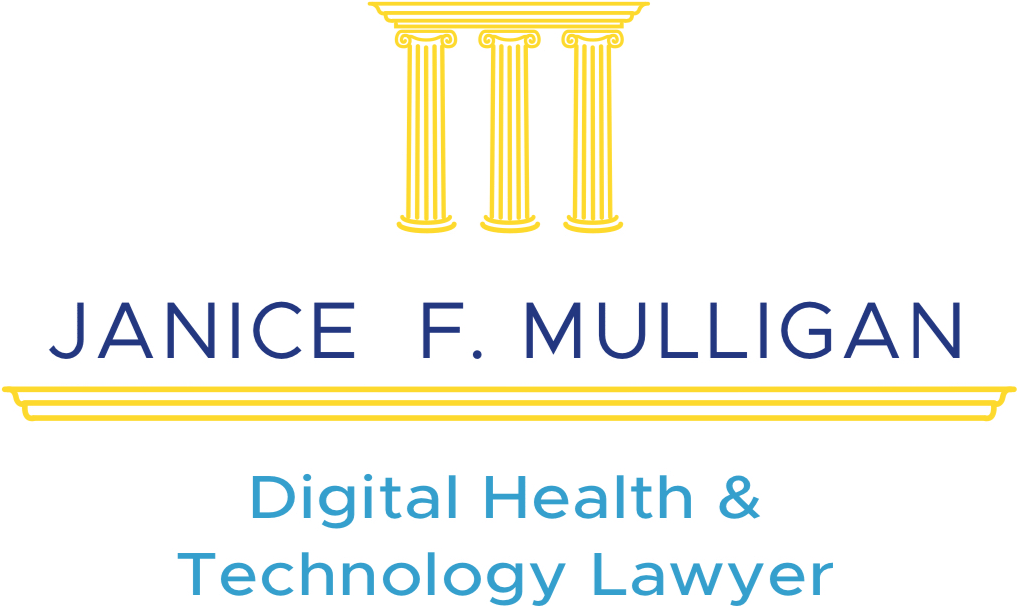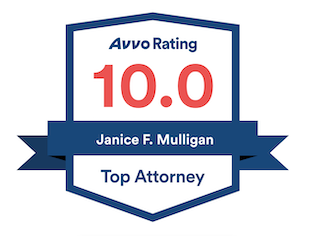EIGHT CA HOSPITALS FINED FOR JEOPARDIZING PATIENT SAFETY
 Eight California hospitals were fined a total of $483,650 for serious issues in patient care, according to a report released Thursday. The fines, levied by the California Department of Public Health, came after the Department’s investigations discovered non-compliance with licensing requirements which “caused, or was likely to cause, serious injury or death to patients.” The fines ranged from $47,025 to $86,625 per hospital.
Eight California hospitals were fined a total of $483,650 for serious issues in patient care, according to a report released Thursday. The fines, levied by the California Department of Public Health, came after the Department’s investigations discovered non-compliance with licensing requirements which “caused, or was likely to cause, serious injury or death to patients.” The fines ranged from $47,025 to $86,625 per hospital.
Administrative penalties are issued to hospitals under authority granted by California Health and Safety Code Section 1280.1. Newly adopted regulations allow the Department to assess an administrative penalty for incidents occurring on or after April 1, 2014, against a specified licensee for a deficiency constituting an “immediate jeopardy” violation up to a maximum of $75,000 for the first administrative penalty, up to $100,000 for the second, and up to $125,000 for the third and every subsequent violation within three years.
San Diego’s Vibra Hospital was among those fined. Vibra was fined $47,025 in connection with a patient’s brain damage and death in 2014, attributed to staff ignoring signs and alarms that should have alerted them that a breathing ventilator had become disconnected, as reported by the San Diego Union Tribune. A full report of the incident can be found on the Department of Public Health’s website. The fine was noted as the hospital’s first “immediate jeopardy” administrative penalty since the program began. Vibra was also required to submit a “plan of correction” to California’s health regulators.
Licensing requirements exist to protect us from the increasingly consolidated, powerful, and for-profit medical industry. As patient-advocates, and members of the community, we applaud these recent regulatory measures by the Department of Public Health. At the same time, we question whether a $47,025 penalty for a preventable injury that ended a patient’s life sends a strong enough message of the value we place on patient safety. Ultimately, it is not the amount of a single fine that will keep us safe. Safe care is brought about by long-term attention and support from consumers — and voters — for vigilant oversight of the medical industry.












